1 Demand and supply Topic 2 2 Agenda

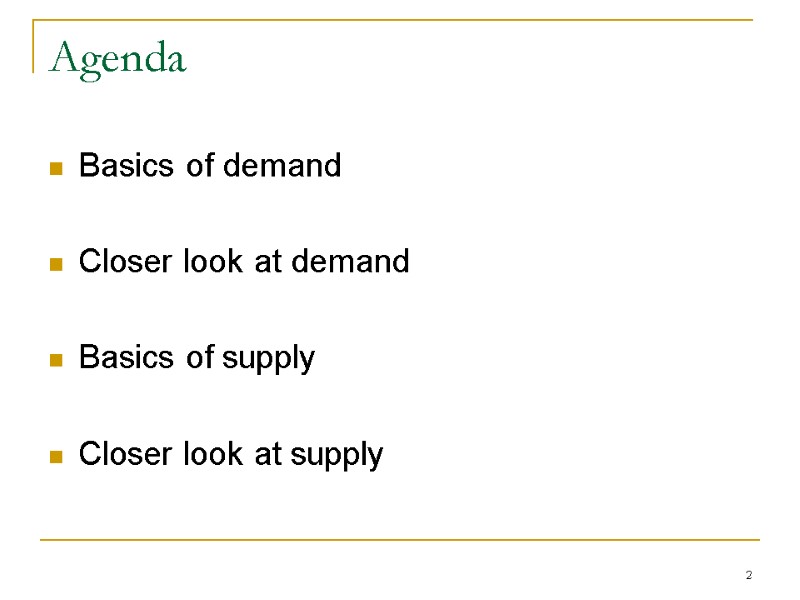
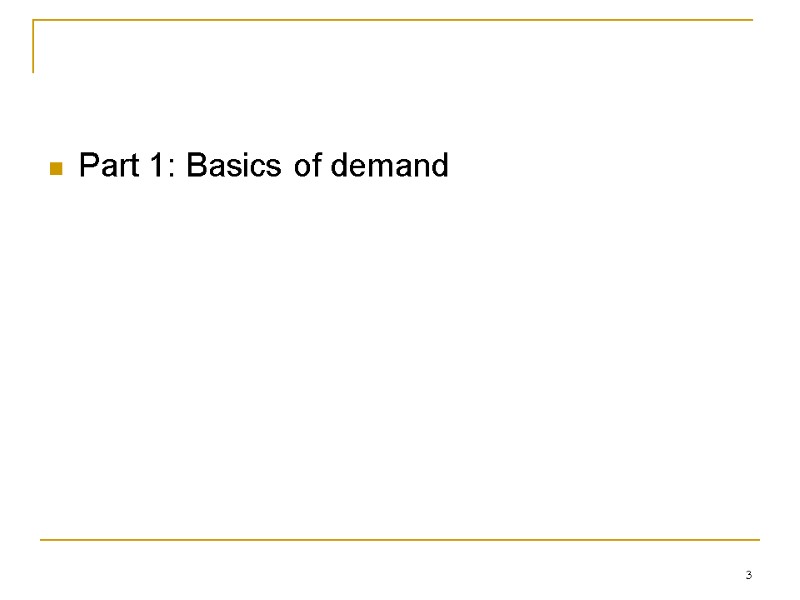
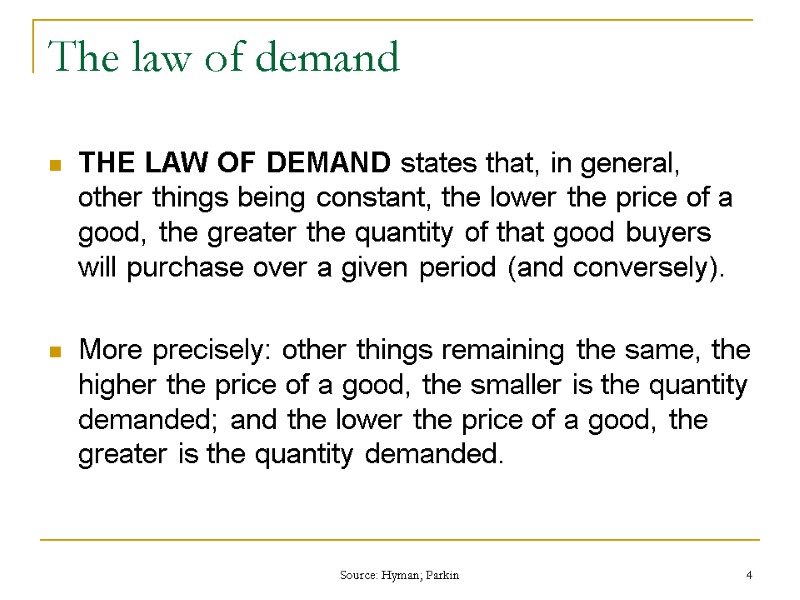
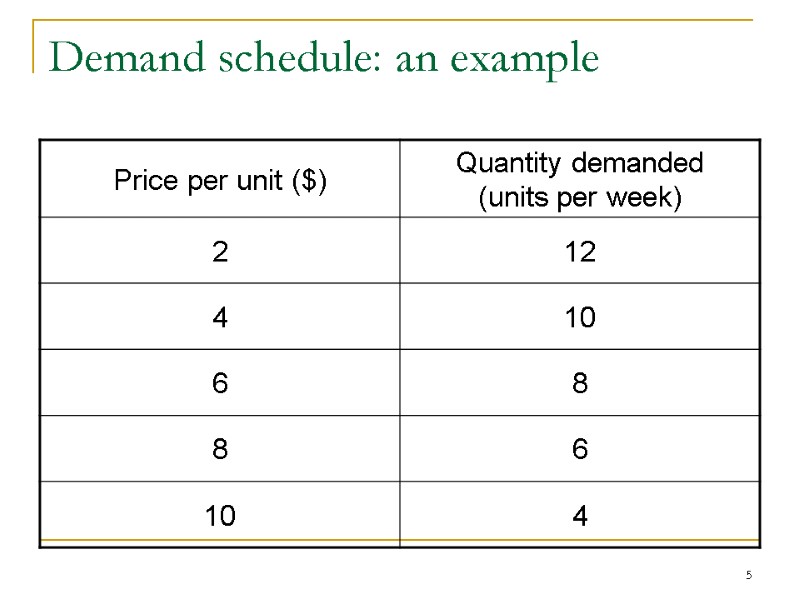
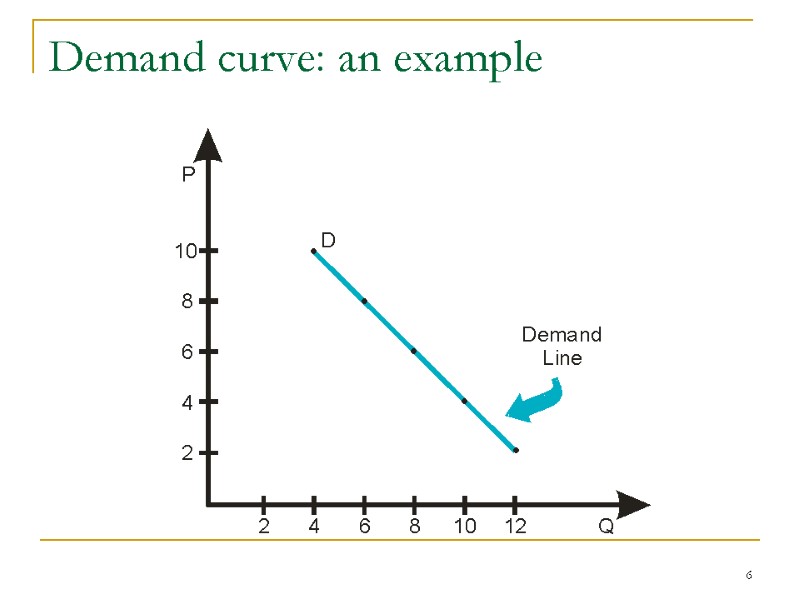
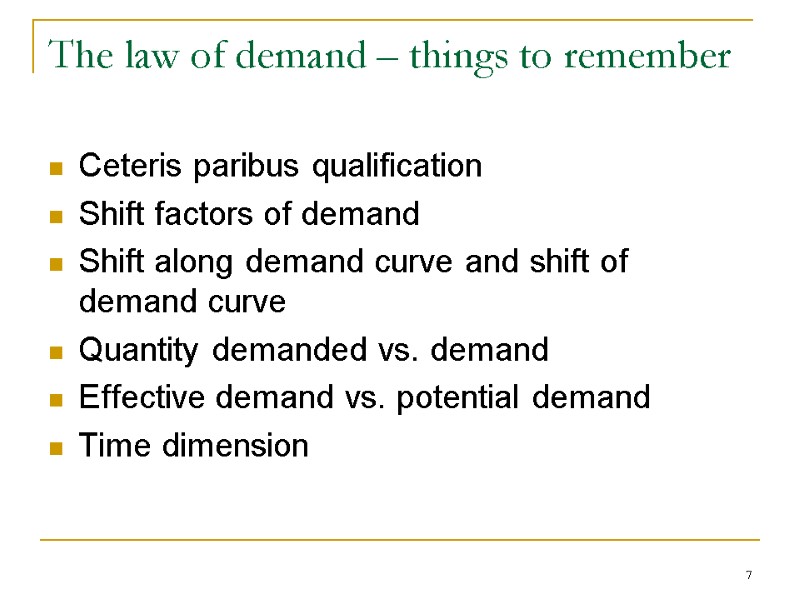

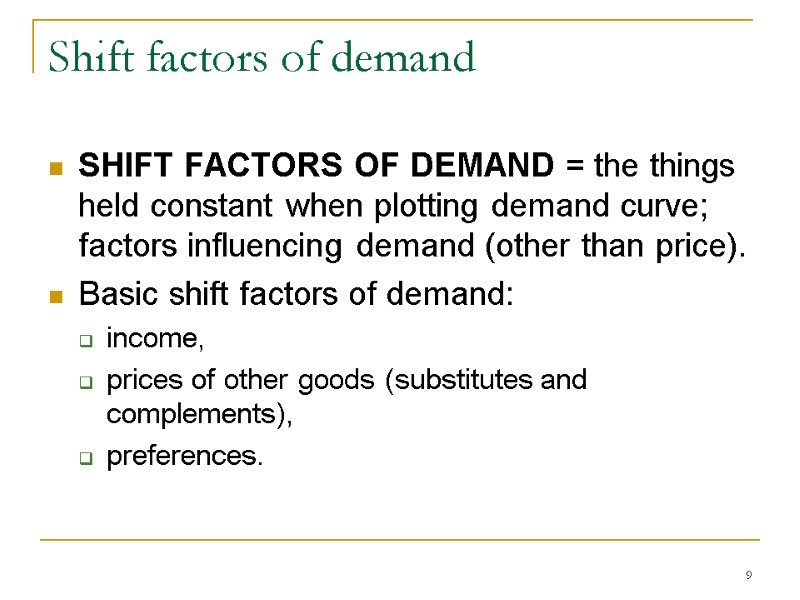
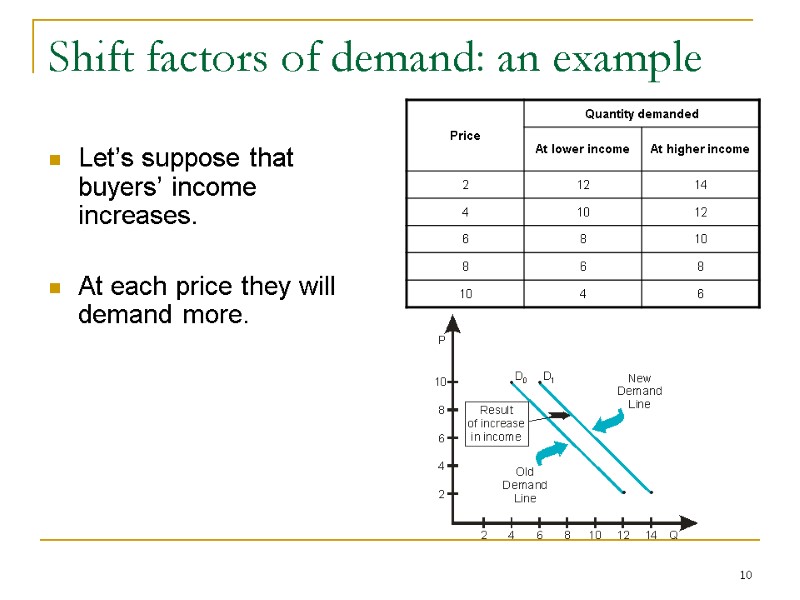
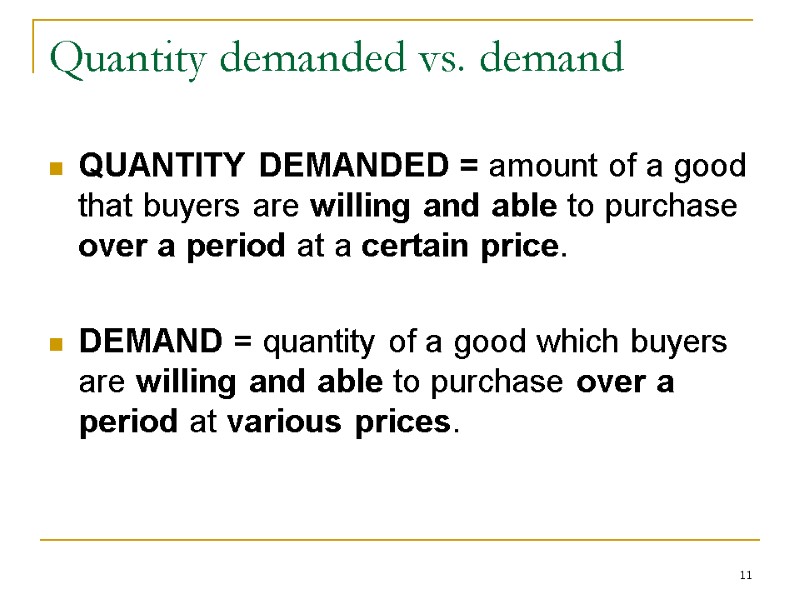
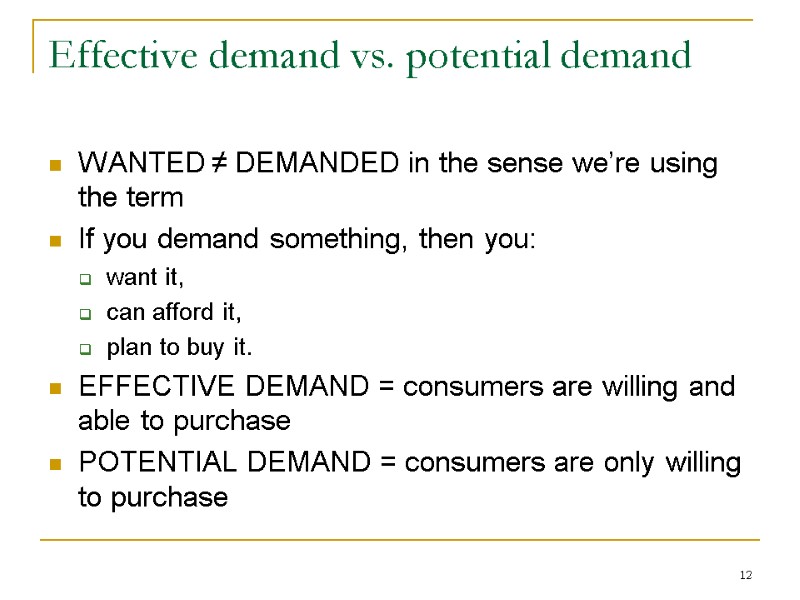
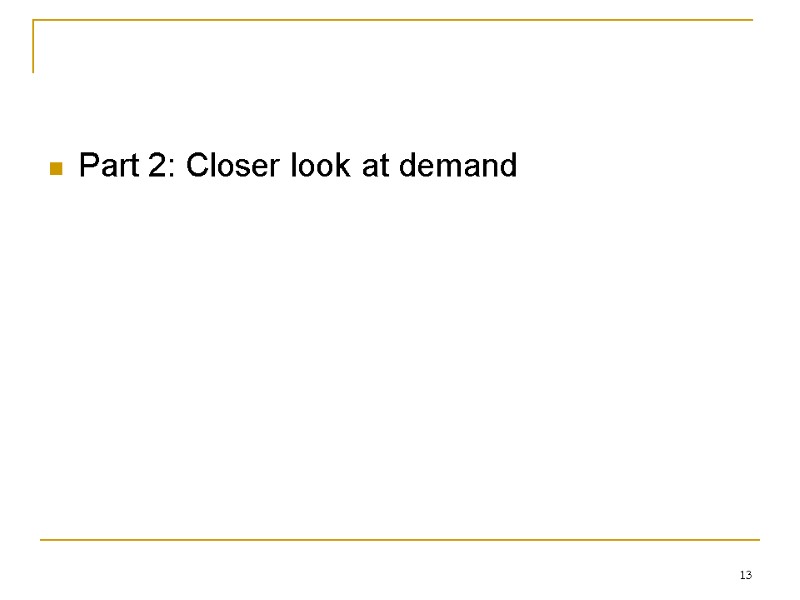
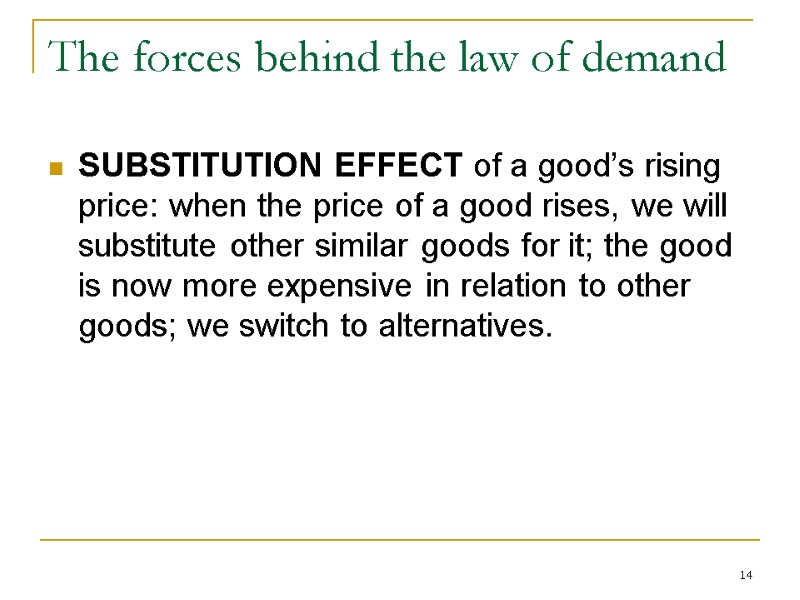
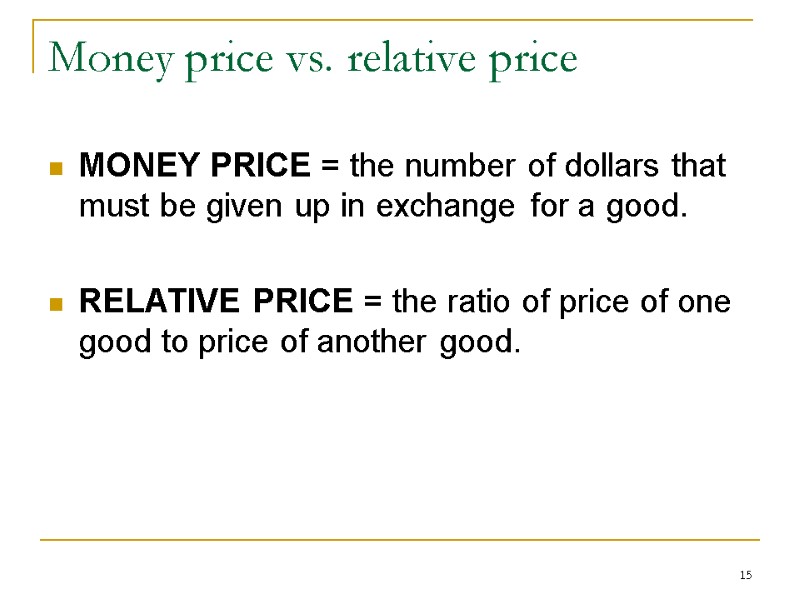
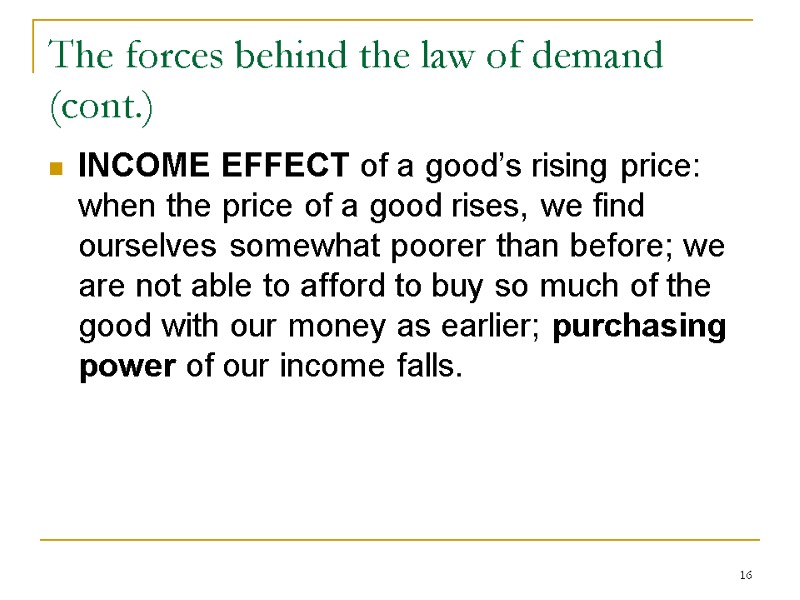
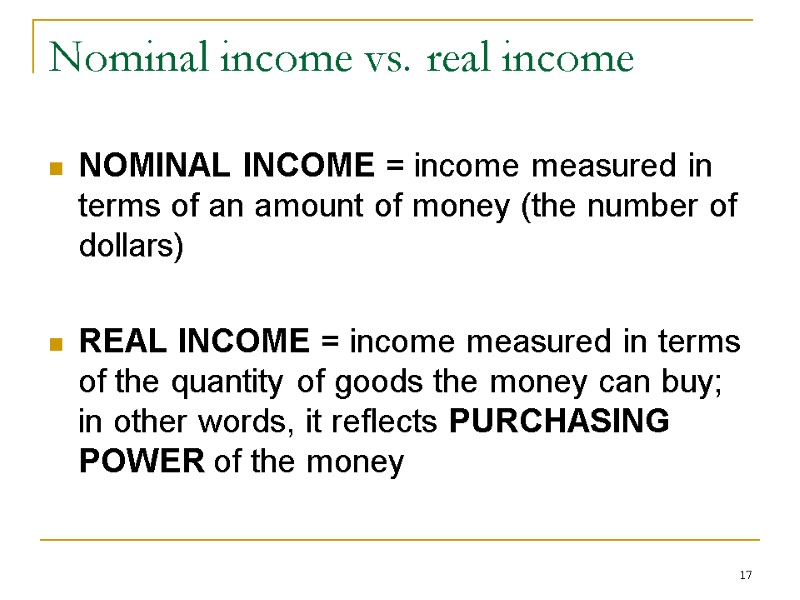
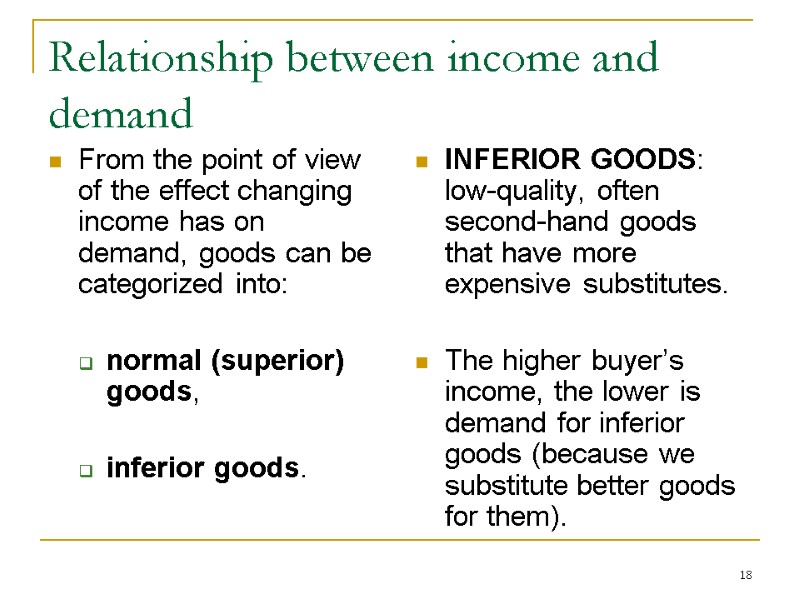
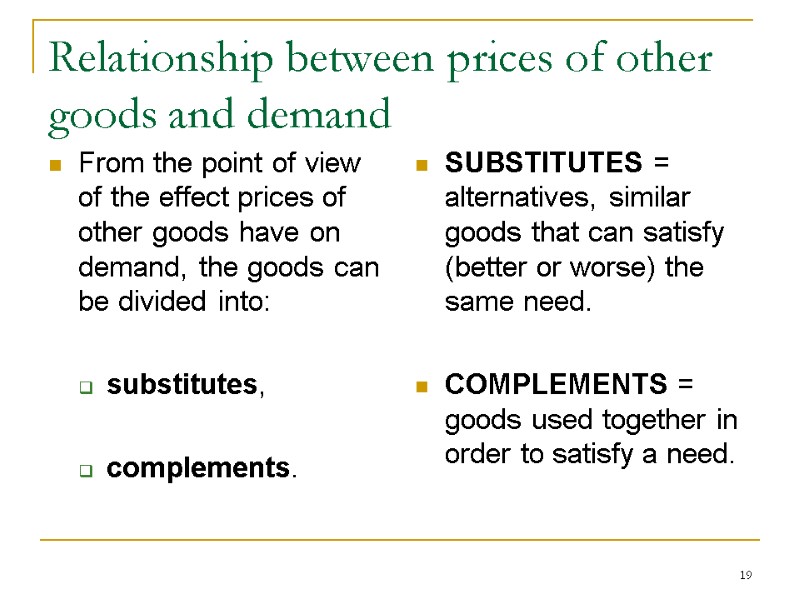
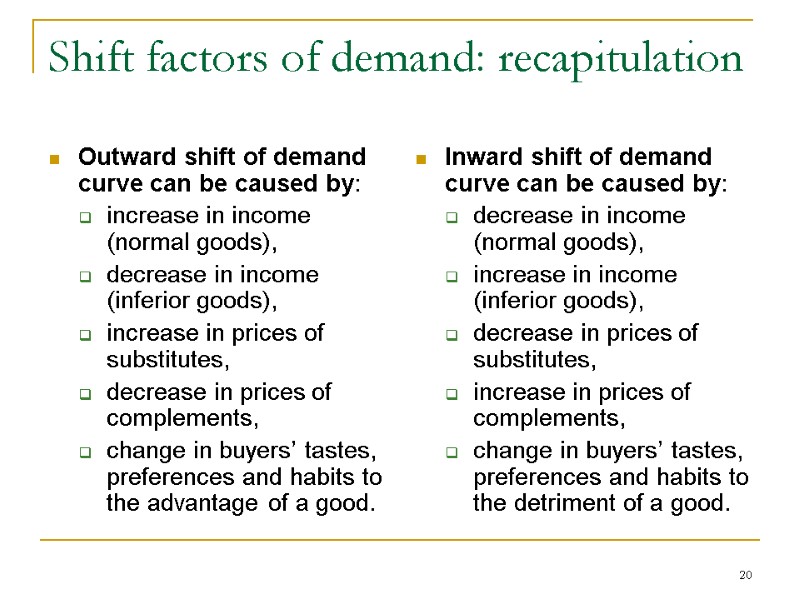
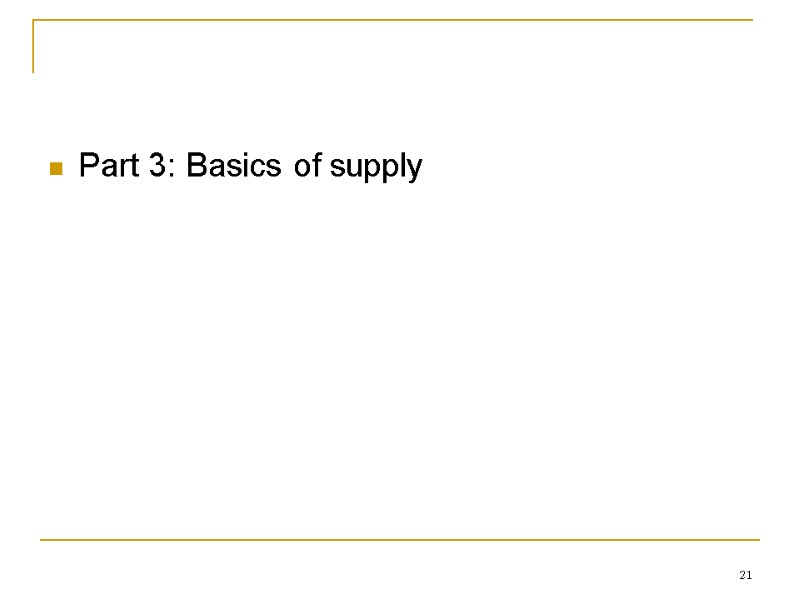
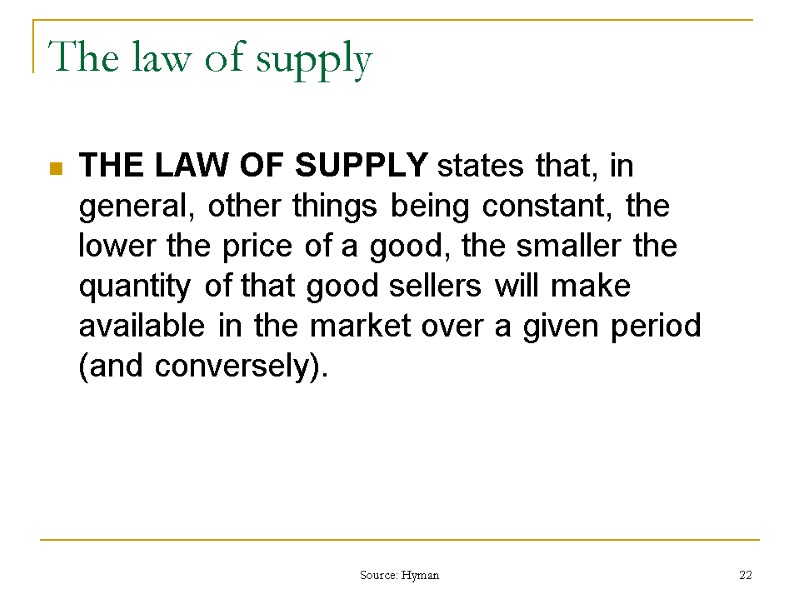
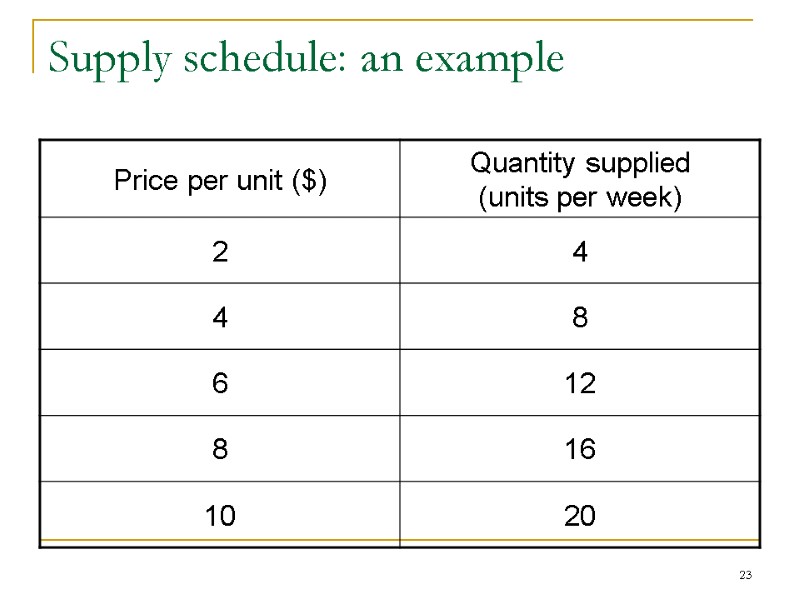
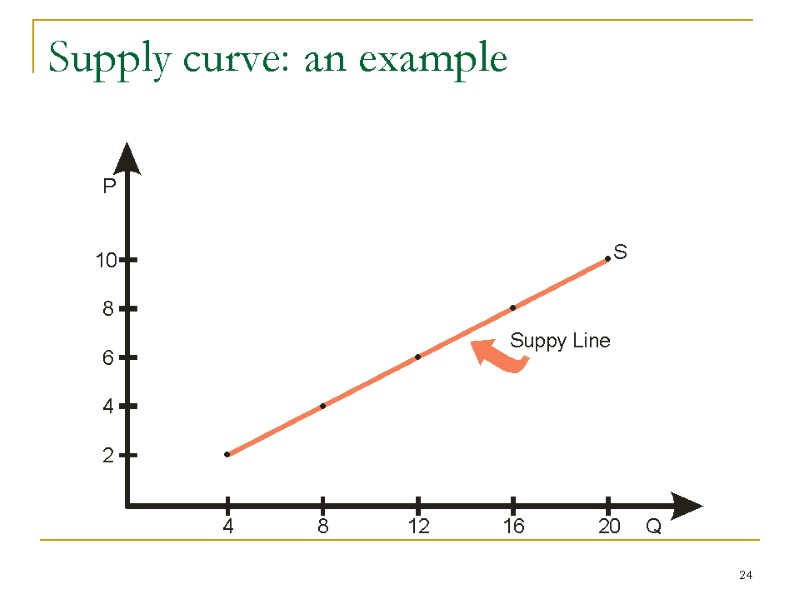
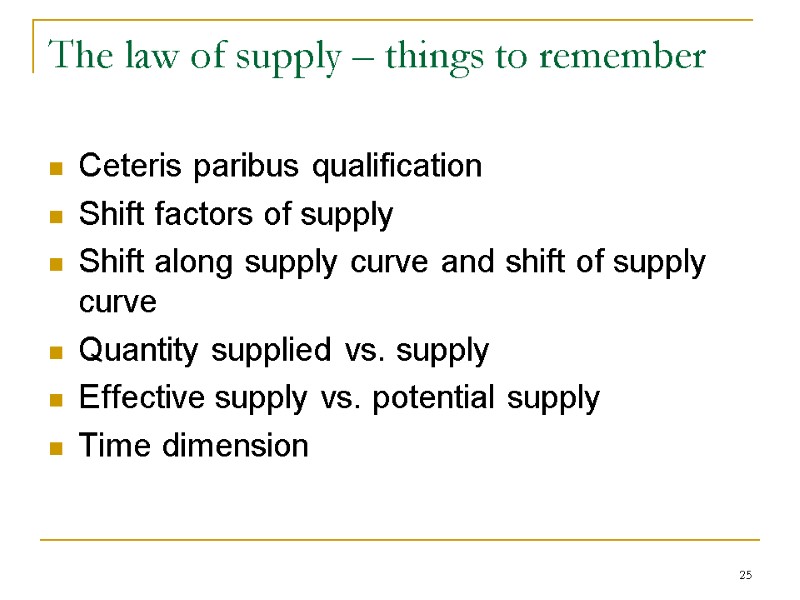
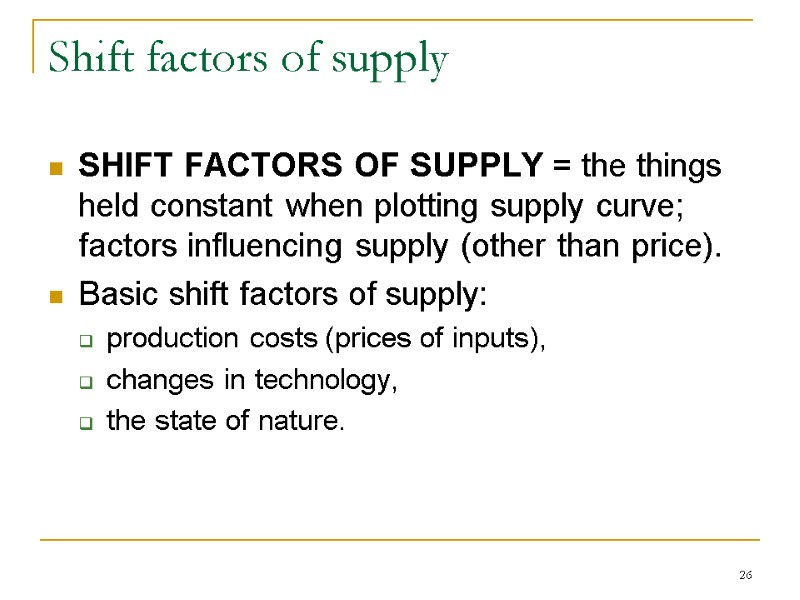
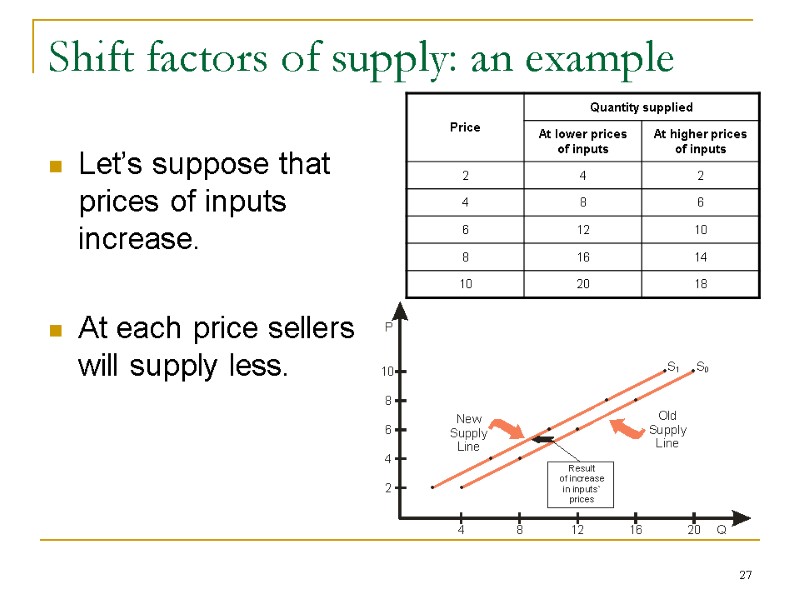
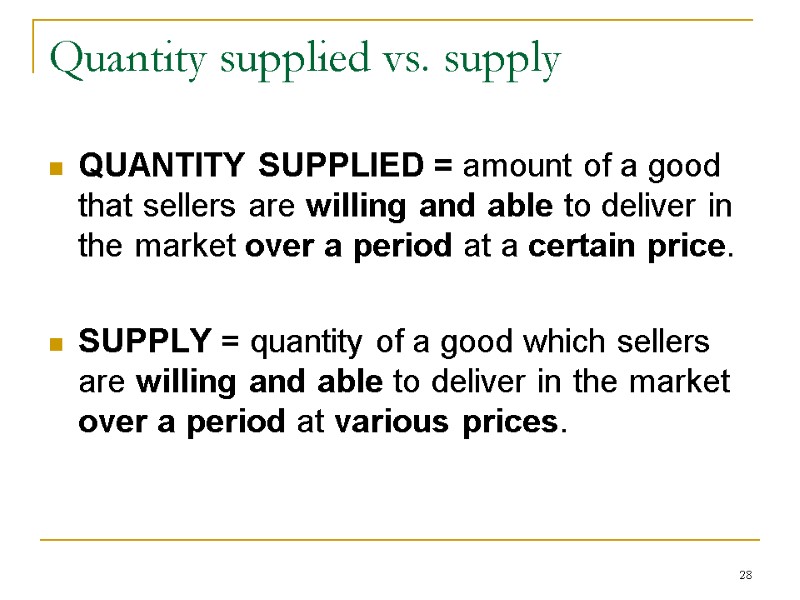
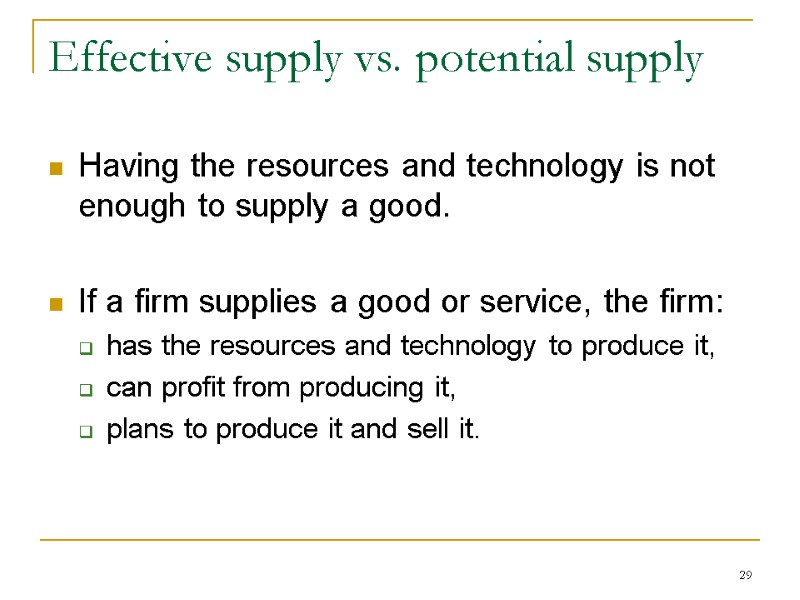
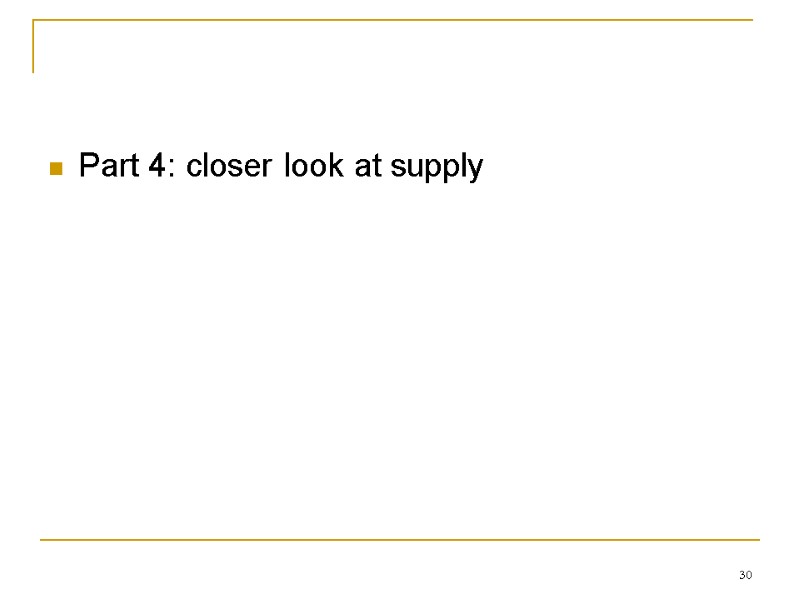
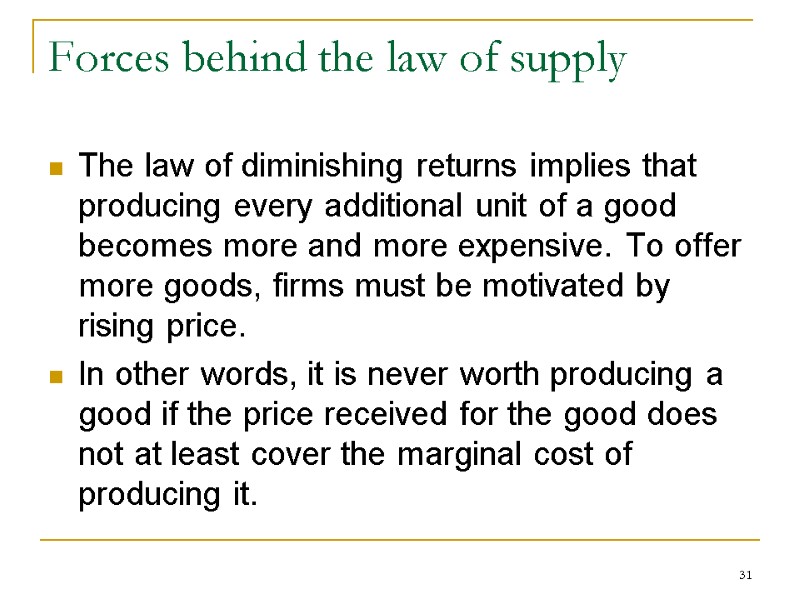
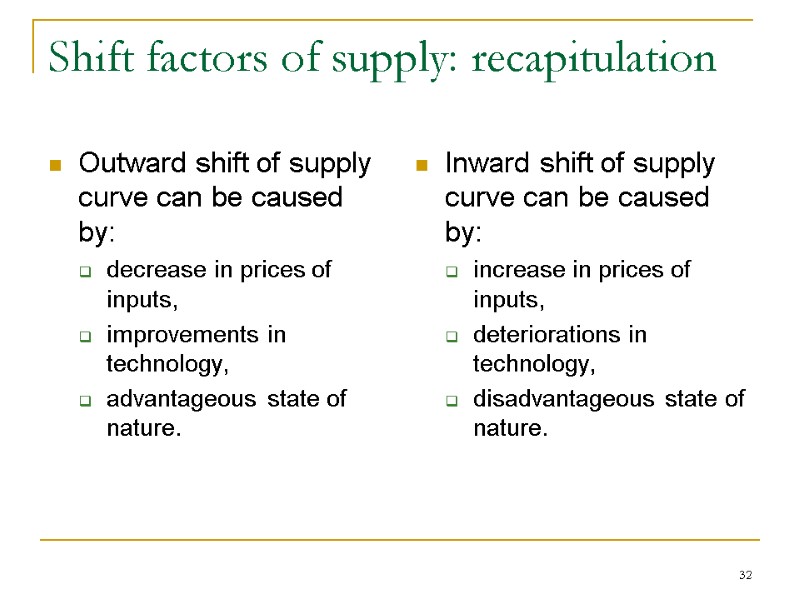
8980-demand_and_supply.ppt
- Количество слайдов: 32
 1 Demand and supply Topic 2
1 Demand and supply Topic 2
 2 Agenda Basics of demand Closer look at demand Basics of supply Closer look at supply
2 Agenda Basics of demand Closer look at demand Basics of supply Closer look at supply
 3 Part 1: Basics of demand
3 Part 1: Basics of demand
 Source: Hyman; Parkin 4 The law of demand THE LAW OF DEMAND states that, in general, other things being constant, the lower the price of a good, the greater the quantity of that good buyers will purchase over a given period (and conversely). More precisely: other things remaining the same, the higher the price of a good, the smaller is the quantity demanded; and the lower the price of a good, the greater is the quantity demanded.
Source: Hyman; Parkin 4 The law of demand THE LAW OF DEMAND states that, in general, other things being constant, the lower the price of a good, the greater the quantity of that good buyers will purchase over a given period (and conversely). More precisely: other things remaining the same, the higher the price of a good, the smaller is the quantity demanded; and the lower the price of a good, the greater is the quantity demanded.
 5 Demand schedule: an example
5 Demand schedule: an example
 6 Demand curve: an example
6 Demand curve: an example
 7 The law of demand – things to remember Ceteris paribus qualification Shift factors of demand Shift along demand curve and shift of demand curve Quantity demanded vs. demand Effective demand vs. potential demand Time dimension
7 The law of demand – things to remember Ceteris paribus qualification Shift factors of demand Shift along demand curve and shift of demand curve Quantity demanded vs. demand Effective demand vs. potential demand Time dimension
 8 Ceteris paribus qualification Recall Alfred Marshall’s concept of „pound”.
8 Ceteris paribus qualification Recall Alfred Marshall’s concept of „pound”.
 9 Shift factors of demand SHIFT FACTORS OF DEMAND = the things held constant when plotting demand curve; factors influencing demand (other than price). Basic shift factors of demand: income, prices of other goods (substitutes and complements), preferences.
9 Shift factors of demand SHIFT FACTORS OF DEMAND = the things held constant when plotting demand curve; factors influencing demand (other than price). Basic shift factors of demand: income, prices of other goods (substitutes and complements), preferences.
 10 Shift factors of demand: an example Let’s suppose that buyers’ income increases. At each price they will demand more.
10 Shift factors of demand: an example Let’s suppose that buyers’ income increases. At each price they will demand more.
 11 Quantity demanded vs. demand QUANTITY DEMANDED = amount of a good that buyers are willing and able to purchase over a period at a certain price. DEMAND = quantity of a good which buyers are willing and able to purchase over a period at various prices.
11 Quantity demanded vs. demand QUANTITY DEMANDED = amount of a good that buyers are willing and able to purchase over a period at a certain price. DEMAND = quantity of a good which buyers are willing and able to purchase over a period at various prices.
 12 Effective demand vs. potential demand WANTED ≠ DEMANDED in the sense we’re using the term If you demand something, then you: want it, can afford it, plan to buy it. EFFECTIVE DEMAND = consumers are willing and able to purchase POTENTIAL DEMAND = consumers are only willing to purchase
12 Effective demand vs. potential demand WANTED ≠ DEMANDED in the sense we’re using the term If you demand something, then you: want it, can afford it, plan to buy it. EFFECTIVE DEMAND = consumers are willing and able to purchase POTENTIAL DEMAND = consumers are only willing to purchase
 13 Part 2: Closer look at demand
13 Part 2: Closer look at demand
 14 The forces behind the law of demand SUBSTITUTION EFFECT of a good’s rising price: when the price of a good rises, we will substitute other similar goods for it; the good is now more expensive in relation to other goods; we switch to alternatives.
14 The forces behind the law of demand SUBSTITUTION EFFECT of a good’s rising price: when the price of a good rises, we will substitute other similar goods for it; the good is now more expensive in relation to other goods; we switch to alternatives.
 15 Money price vs. relative price MONEY PRICE = the number of dollars that must be given up in exchange for a good. RELATIVE PRICE = the ratio of price of one good to price of another good.
15 Money price vs. relative price MONEY PRICE = the number of dollars that must be given up in exchange for a good. RELATIVE PRICE = the ratio of price of one good to price of another good.
 16 The forces behind the law of demand (cont.) INCOME EFFECT of a good’s rising price: when the price of a good rises, we find ourselves somewhat poorer than before; we are not able to afford to buy so much of the good with our money as earlier; purchasing power of our income falls.
16 The forces behind the law of demand (cont.) INCOME EFFECT of a good’s rising price: when the price of a good rises, we find ourselves somewhat poorer than before; we are not able to afford to buy so much of the good with our money as earlier; purchasing power of our income falls.
 17 Nominal income vs. real income NOMINAL INCOME = income measured in terms of an amount of money (the number of dollars) REAL INCOME = income measured in terms of the quantity of goods the money can buy; in other words, it reflects PURCHASING POWER of the money
17 Nominal income vs. real income NOMINAL INCOME = income measured in terms of an amount of money (the number of dollars) REAL INCOME = income measured in terms of the quantity of goods the money can buy; in other words, it reflects PURCHASING POWER of the money
 18 Relationship between income and demand From the point of view of the effect changing income has on demand, goods can be categorized into: normal (superior) goods, inferior goods. INFERIOR GOODS: low-quality, often second-hand goods that have more expensive substitutes. The higher buyer’s income, the lower is demand for inferior goods (because we substitute better goods for them).
18 Relationship between income and demand From the point of view of the effect changing income has on demand, goods can be categorized into: normal (superior) goods, inferior goods. INFERIOR GOODS: low-quality, often second-hand goods that have more expensive substitutes. The higher buyer’s income, the lower is demand for inferior goods (because we substitute better goods for them).
 19 Relationship between prices of other goods and demand From the point of view of the effect prices of other goods have on demand, the goods can be divided into: substitutes, complements. SUBSTITUTES = alternatives, similar goods that can satisfy (better or worse) the same need. COMPLEMENTS = goods used together in order to satisfy a need.
19 Relationship between prices of other goods and demand From the point of view of the effect prices of other goods have on demand, the goods can be divided into: substitutes, complements. SUBSTITUTES = alternatives, similar goods that can satisfy (better or worse) the same need. COMPLEMENTS = goods used together in order to satisfy a need.
 20 Shift factors of demand: recapitulation Outward shift of demand curve can be caused by: increase in income (normal goods), decrease in income (inferior goods), increase in prices of substitutes, decrease in prices of complements, change in buyers’ tastes, preferences and habits to the advantage of a good. Inward shift of demand curve can be caused by: decrease in income (normal goods), increase in income (inferior goods), decrease in prices of substitutes, increase in prices of complements, change in buyers’ tastes, preferences and habits to the detriment of a good.
20 Shift factors of demand: recapitulation Outward shift of demand curve can be caused by: increase in income (normal goods), decrease in income (inferior goods), increase in prices of substitutes, decrease in prices of complements, change in buyers’ tastes, preferences and habits to the advantage of a good. Inward shift of demand curve can be caused by: decrease in income (normal goods), increase in income (inferior goods), decrease in prices of substitutes, increase in prices of complements, change in buyers’ tastes, preferences and habits to the detriment of a good.
 21 Part 3: Basics of supply
21 Part 3: Basics of supply
 Source: Hyman 22 The law of supply THE LAW OF SUPPLY states that, in general, other things being constant, the lower the price of a good, the smaller the quantity of that good sellers will make available in the market over a given period (and conversely).
Source: Hyman 22 The law of supply THE LAW OF SUPPLY states that, in general, other things being constant, the lower the price of a good, the smaller the quantity of that good sellers will make available in the market over a given period (and conversely).
 23 Supply schedule: an example
23 Supply schedule: an example
 24 Supply curve: an example
24 Supply curve: an example
 25 The law of supply – things to remember Ceteris paribus qualification Shift factors of supply Shift along supply curve and shift of supply curve Quantity supplied vs. supply Effective supply vs. potential supply Time dimension
25 The law of supply – things to remember Ceteris paribus qualification Shift factors of supply Shift along supply curve and shift of supply curve Quantity supplied vs. supply Effective supply vs. potential supply Time dimension
 26 Shift factors of supply SHIFT FACTORS OF SUPPLY = the things held constant when plotting supply curve; factors influencing supply (other than price). Basic shift factors of supply: production costs (prices of inputs), changes in technology, the state of nature.
26 Shift factors of supply SHIFT FACTORS OF SUPPLY = the things held constant when plotting supply curve; factors influencing supply (other than price). Basic shift factors of supply: production costs (prices of inputs), changes in technology, the state of nature.
 27 Shift factors of supply: an example Let’s suppose that prices of inputs increase. At each price sellers will supply less.
27 Shift factors of supply: an example Let’s suppose that prices of inputs increase. At each price sellers will supply less.
 28 Quantity supplied vs. supply QUANTITY SUPPLIED = amount of a good that sellers are willing and able to deliver in the market over a period at a certain price. SUPPLY = quantity of a good which sellers are willing and able to deliver in the market over a period at various prices.
28 Quantity supplied vs. supply QUANTITY SUPPLIED = amount of a good that sellers are willing and able to deliver in the market over a period at a certain price. SUPPLY = quantity of a good which sellers are willing and able to deliver in the market over a period at various prices.
 29 Effective supply vs. potential supply Having the resources and technology is not enough to supply a good. If a firm supplies a good or service, the firm: has the resources and technology to produce it, can profit from producing it, plans to produce it and sell it.
29 Effective supply vs. potential supply Having the resources and technology is not enough to supply a good. If a firm supplies a good or service, the firm: has the resources and technology to produce it, can profit from producing it, plans to produce it and sell it.
 30 Part 4: closer look at supply
30 Part 4: closer look at supply
 31 Forces behind the law of supply The law of diminishing returns implies that producing every additional unit of a good becomes more and more expensive. To offer more goods, firms must be motivated by rising price. In other words, it is never worth producing a good if the price received for the good does not at least cover the marginal cost of producing it.
31 Forces behind the law of supply The law of diminishing returns implies that producing every additional unit of a good becomes more and more expensive. To offer more goods, firms must be motivated by rising price. In other words, it is never worth producing a good if the price received for the good does not at least cover the marginal cost of producing it.
 32 Shift factors of supply: recapitulation Outward shift of supply curve can be caused by: decrease in prices of inputs, improvements in technology, advantageous state of nature. Inward shift of supply curve can be caused by: increase in prices of inputs, deteriorations in technology, disadvantageous state of nature.
32 Shift factors of supply: recapitulation Outward shift of supply curve can be caused by: decrease in prices of inputs, improvements in technology, advantageous state of nature. Inward shift of supply curve can be caused by: increase in prices of inputs, deteriorations in technology, disadvantageous state of nature.
